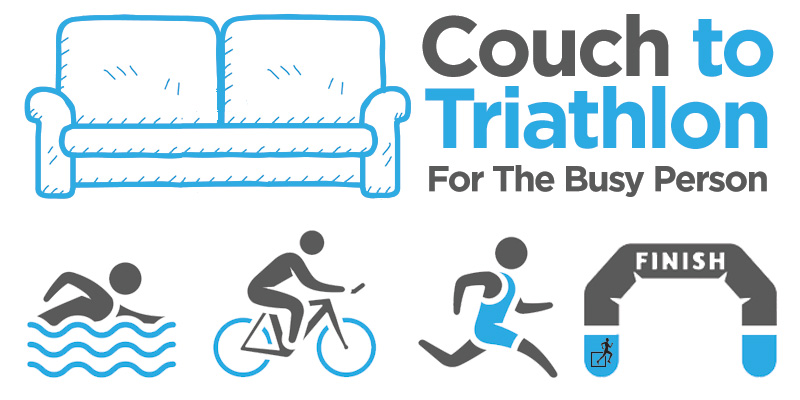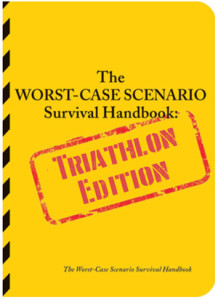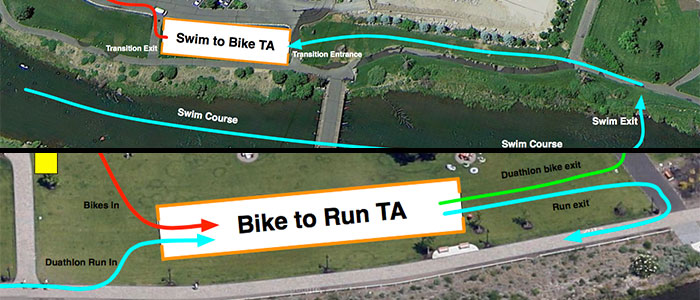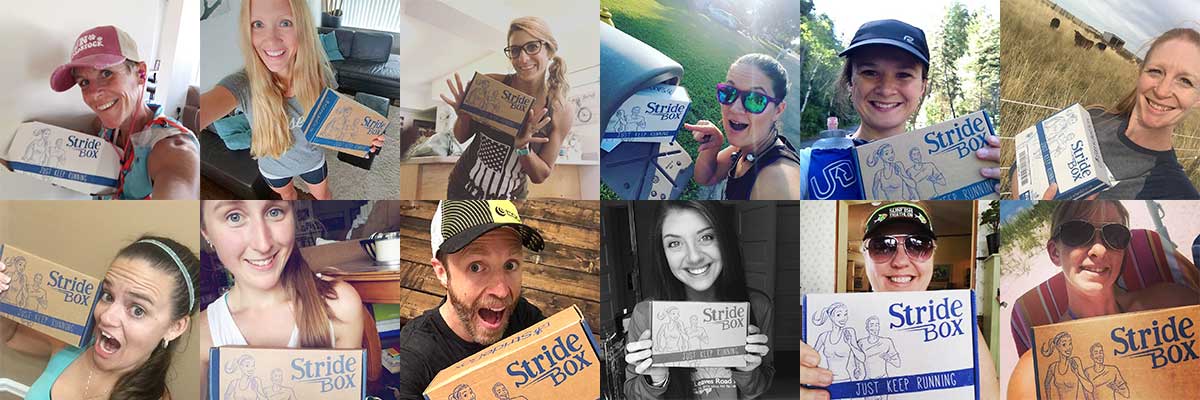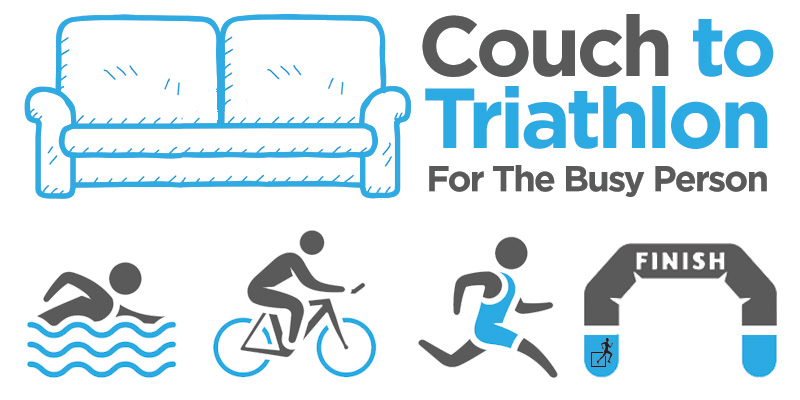 Hello Runner-
Hello Runner-
Sorry about the delay in the update. We did some upgrades behind the scenes to our website, and we were really busy making sure they were functional before wanting to add too much new stuff. Thanks as always for following the journey.
I am 100% healthy again, and have been hitting training pretty hard the past week. I jumped right back in on Monday with a fun, taxing swim, and then Tuesday, I tackled a killer bike ride that had me climbing about 600 feet over 5 miles. Similar to the path the actual race course will take me on. Add 2 runs, and one more day in the pool to that, and it was definitely a good week.
 Let’s talk about the water (Triathlon Swimming)…
Let’s talk about the water (Triathlon Swimming)…
The one thing that people usually say to me when they find out I am training for a Tri is “I’d do that, but I just don’t like swimming.”
I think the real problem with swimming is that we spend most of our lives on land, and not in water that we’re not really comfortable when it comes to submersing our bodies in a liquid, and only breathing every few seconds.
If you’ve followed my training, you know I am pretty analytical, and spend a lot of my time reading and studying video to train more efficiently. This last week, I read that the Oxygen cost to increase pace by 10% during the three events in a Tri are as follows:
Running +10%
Cycling +25% to 30%
Swimming +60% to 80%
WOW… that’s a big cost to increase your swimming pace by only 10%.
The Big Takeaway…
The biggest takeaway for this is that you’re likely not going to win the triathlon during the swim, but you can lose it. Especially in a sprint Tri, it is a lot easier to gain 1-2 minutes on the bike, or during the run than it will be during the swim.
I’m not saying you shouldn’t focus on your swimming, but know that completing the swim efficiently and with extra energy will put you in a better spot than finishing as fast as possible, but completely exhausted.
 So REEELLLAAAXXXX…
So REEELLLAAAXXXX…
I concentrate much of my swimming training on technique, a two beat kick, and stroke length rather than stroke rate. And a huge amount of my triathlon swimming training focusses on relaxation.
I’m pretty comfortable in the water, my Marine Corps swim survival training forced me to be very comfortable in open water, but I still use a lot of time (25%-50% of training) practicing being comfortable in the water. This includes being “that guy” in the slow lane.
Walking, Coasting, or Sinking…
If you are struggling during a run, you can always walk… if you need a break on a bike ride, you coast, but if you are struggling during a swim, there is only sinking and drowning.
For a lot of people that is what they think, but, without practicing comfort in the water, there’s a state of instant panic that hits you even just entering the pool. Couple that with the other 100+ people swimming a race with you, and the swim induced panic attack can start even before you hit the water.
So, in my training, I spend a lot of time warming up on my back, as in floating. Practicing deep breaths, keeping my head streamlined, hands down by my side, and resting/floating on my lungs. This is my “walk” during the swim. If I find myself struggling, or my technique breaking down, I can roll over to my “safe” place and regroup.
It’s not how I a planning to do my race, but if something happens (get kicked, swallow water, kick someone else) it will help me keep calm and continue. It also provides that sense of safety and security knowing you have a way to be relaxed in a foreign environment.
I also do a lot of my training in the shallow end. I know this isn’t game day style training, but this helps a lot with my focus on efficiency. I know that if I am slapping the water, or picking my head up too much, my feet will go to the bottom, and it forces me to be conscious of my technique. It also allows me the opportunity to stop and adjust should I need to work on something such as my body roll, or breathing timing. The shallow end can be a crutch for some, but it can also be an important part of “perfect” practice.
Swim vs. Survive…
I know I spent all of this post focussing on the swim portion of the Tri, but again, it’s the one I’ve had the most feedback about, and the one people are most consumed with.
I also know that my approach may not be the one the magazines are writing about, or the way the elites are training, but it’s the way I see it, and the way I am approaching it. Making it to T1 with extra energy is the way I see my race happening.
We’ll see… if I survive the first Tri, I may train differently next time.
Until next time…
Just Keep Running Swimming
